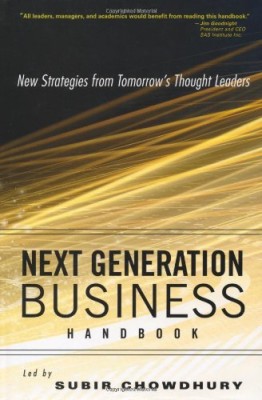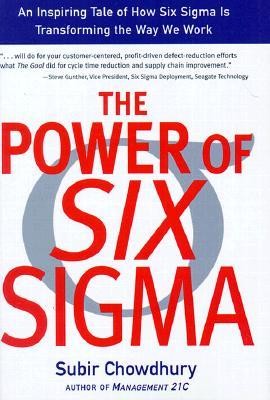How is ‘listening’ a crucial step for organizational success?
Quality & Process
When ‘quality’ ceases to be just lip service from one employee to another – it becomes a process for continuous improvement toward perfection.
Even big and successful companies sometimes forget the importance of listening.
Let’s face it. Problems come and go, but it’s how we deal with the problems that make us stand out to our customer base.
Microsoft spent years combating the perception that it couldn’t deal with or didn’t care about stability problems in its Windows operating system.
Adobe let the prices of its high-level production software rise to incredible heights to the point now where many of their ‘loyal’ users are merely biding their time for a cheaper alternative.
Toyota has been beset with persistent rumors about their quality. First, it was acceleration problems and floor mats, and the headline grabbing recalls continue.
No matter who it is – be it your customers, constituents, stakeholders, investors, membership – or even your family members – careful, intelligent listening is the first crucial step to success and for overcoming problems and achieving a Quality operation.
For the record, each of the companies I have mentioned has made constructive efforts to reach out to their customers and show that they are – in fact – LISTENING. But listening, as it pertains to your management process, not a rigid, step-by-step technique for finding out what customers want or need. In fact, there is no strict methodology that can be deployed to meet the infinite variations of individual experience.
Each organization is unique in terms of its products and processes, just as each interaction will be perceived differently. However, the failure to truly listen to customers is at the heart of why many organizations fail. No matter who it is – be it your customers, constituents, stakeholders, investors, membership – or even your family members – careful, intelligent listening is the first crucial step to success and for overcoming problems and achieving a Quality operation.
I have three specific rules that will help ensure that your listening skills are applied effectively and that your listening pattern is in fact ‘careful and intelligent’.
- Get out from behind your desk. Go to where the action is. Go to the customers. Go to the factory. Go to the sales floor. Go to where the problems are. Go to where the facts are.
- Stop talking. It’s hard to listen when you’re the one doing all the talking. Watch what goes on. Watch what your employees are doing. Watch what your customers are doing. Listen to what they say – listen to the types of words they use. Even if you’re confident that you’ve got it, watch and listen more.
- Show empathy; look at the world through their eyes. Be in the moment where your employees and customers are speaking. Remember that it’s not about your expectations; it’s all about theirs. Learn from the people with whom you should be listening.
There are many powerful management tools can be deployed to increase the effectiveness of your listening process – this can help you on a personal level. However, the data collection process itself usually involves two phases – quantitative as well as qualitative research. For instance, you may need to deploy marketing surveys and other research to build a complete picture about your situation. Wherever possible, show the affected audience – your customers for instance – that you are actively engaged by including them in the data collection process.
As with all things, it is always important to keep matters as simple as possible. The more complex the process, the more effort a company must put into learning to use it properly. Put into another way: the more complex the process, the more likely that more things may go wrong. But you’ll never go wrong just by sitting down and listening.



















